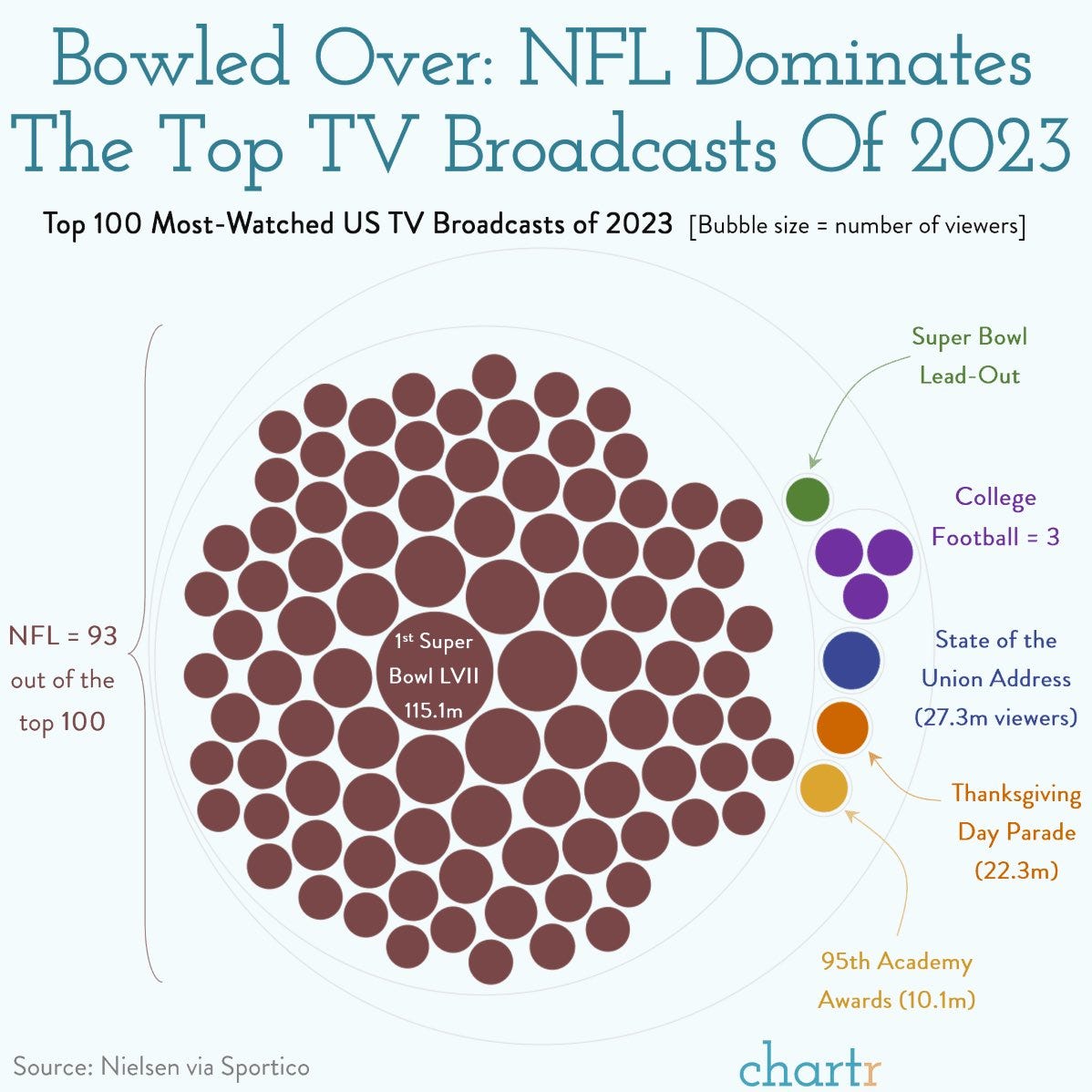Media Coverage Evolution in Horse Racing

Horse racing has long been a popular sport worldwide, and its media coverage has evolved significantly over the decades. This article explores the transformation of how horse racing is reported and consumed, highlighting key milestones and the impact of technological advancements.
Historical Overview
| Era | Media Type | Characteristics and Impact |
|---|
| Early 20th Century| Print Newspapers | Detailed race reports, betting tips, and horse profiles dominated. Coverage was localized and relied heavily on written narratives.
| Mid 20th Century | Radio Broadcasts | Live race commentaries brought immediacy and excitement to audiences, expanding reach beyond local areas.
| Late 20th Century | Television | Visual coverage transformed the spectator experience, with live broadcasts, replays, and expert analysis.
| 21st Century | Digital Media & Social Platforms | Real-time updates, interactive content, and global accessibility reshaped fan engagement.
Key Developments in Media Coverage
- Print to Broadcast Transition: The shift from print to radio and television allowed fans to experience races live, increasing the sport’s popularity.
- Introduction of Live Streaming: Online platforms now offer live streaming, making races accessible worldwide anytime.
- Social Media Influence: Platforms like Twitter, Instagram, and Facebook enable instant updates, behind-the-scenes content, and direct interaction with fans and jockeys.
- Mobile Accessibility: Smartphones and apps provide on-the-go access to race schedules, results, and betting options.
Impact on the Sport
- Increased Fan Engagement: Enhanced media coverage has attracted a broader and younger audience.
- Global Reach: Digital media has expanded horse racing’s fan base beyond traditional geographic boundaries.
- Economic Growth: Better media exposure has boosted sponsorships, advertising, and betting revenues.
Frequently Asked Questions (FAQ)
Q1: How did radio change horse racing coverage?
A1: Radio introduced live commentary, allowing fans to experience the excitement of races in real-time, which was a significant shift from waiting for newspaper reports.
Q2: What role does social media play today?
A2: Social media platforms provide instant updates, interactive content, and a community space for fans, trainers, and jockeys to connect.
Q3: How has digital media affected betting in horse racing?
A3: Digital media offers real-time odds, mobile betting apps, and live race streams, making betting more accessible and engaging.
Conclusion
The evolution of media coverage in horse racing reflects broader technological and cultural shifts. From print newspapers to digital platforms, each stage has enhanced how fans experience the sport, contributing to its enduring popularity and economic vitality.
